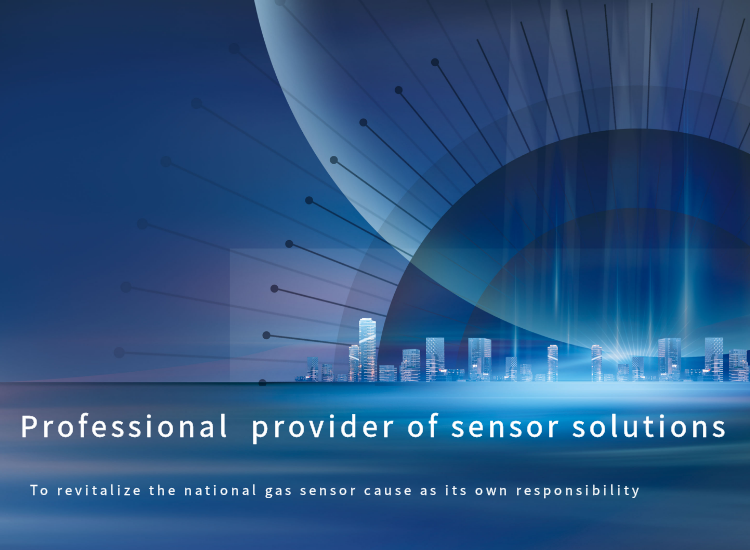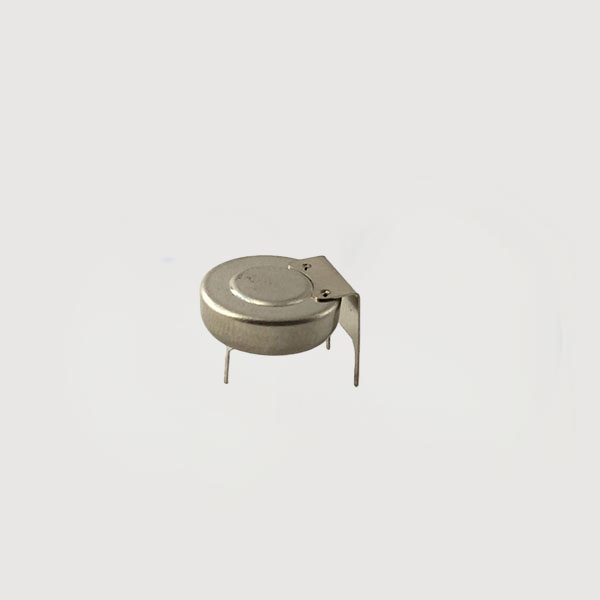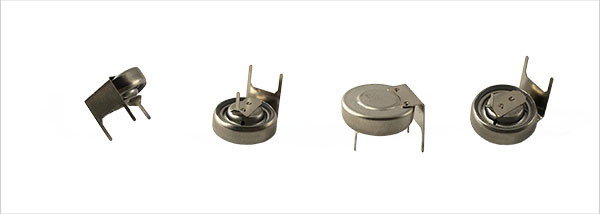

 Products
Products CO Sensor
CO Sensor
For the CO concentration detection
Application:
Widely used for CO concentration detection in commercial, small generator sites, vehiclesProduct characteristics:
Low power consumptionDescription
MQ2-CO-φ14*5 is a fuel cell type sensor. Carbon monoxide and oxygen undergo corresponding redox reactions on the working electrode and the counter electrode and release charges to form current. The magnitude of the current generated is proportional to the carbon monoxide concentration and follows Faraday's law. The concentration of carbon monoxide can be determined by measuring the magnitude of the current.
Product images

Technical specifications
| Product model | MQ2-CO-Ф14×5 |
| Detection gas | CO |
| Range | 0~5000ppm |
| Max range | 10000ppm |
| Sensitivity | (1.2~3.5)nA/ppm |
| Resolution | 1ppm |
| Response time(T90) | <30S |
| Load resistance(recommend) | (500/1K/2K) Ω |
| Repeatability | <3% output |
| Output linearity | Linear |
| Zero drift(-20℃~40℃) | ≤10ppm |
| Temperature range | -10~50℃(common) -20℃~60℃ |
| Humidity range | 15%~90% RH |
| Pressure range | Standard atmospheric pressure ±10% |
| Life | 10 years |
Test Circuit
Sensor Characterization
Application

TenSensor, China's first listed gas sensor company,Tensensor can provide more than 100 varieties of six series including:
semiconductor gas sensor
electrochemical gas sensor
infrared gas sensor
dust sensor
pyroelectric sensor
thermopile sensor, etc.
which can be used for more than 200 kinds of gas and infrared, dust and other indicators detection, widely used in the field of security for detecting gas leakage, noxious gas leakage, smog and fire, the field of family, office and factory for detecting HCHO, VOC, CO2, PM2.5 and so on.
Moreover, the solutions for security, household electrical appliances, consumer electronics, smart home, instruments and meters are available.
For more information about MQ2-CO-Ф14×5 sensor, please contact account manager.
TEL:0086-0351-5249552
Whatsapp:+86 18335818384
Email:[email protected]
Request Consultation